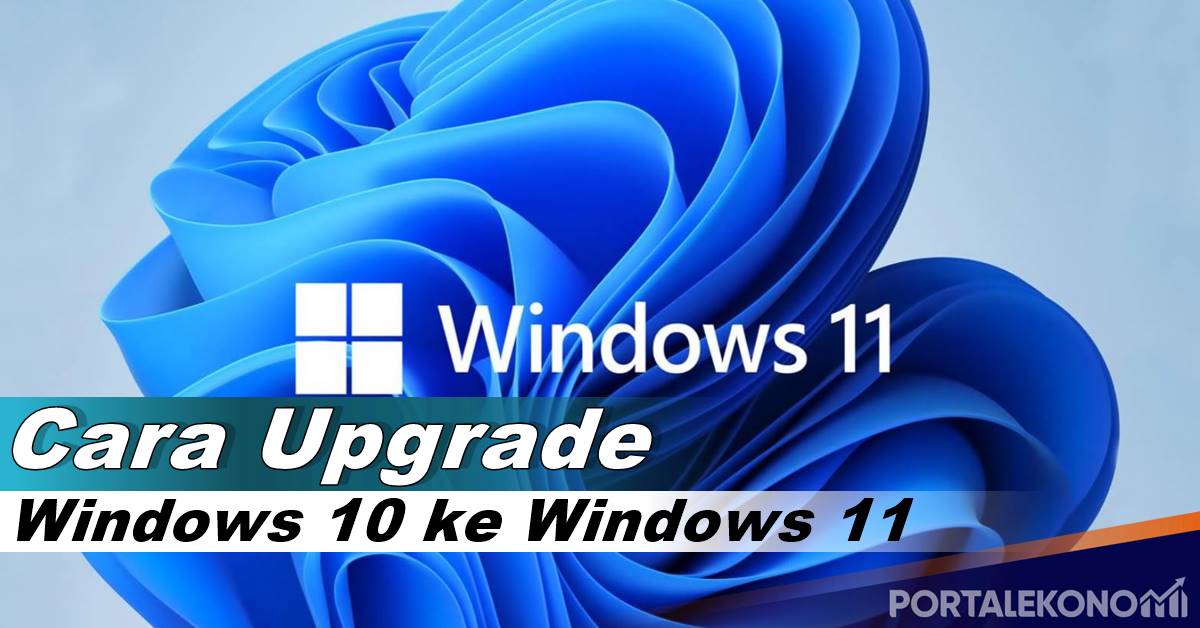Upgrading from Windows 7 to Windows 10 can be a daunting task. However, it’s important to remember that Microsoft no longer supports Windows 7, which means that users are no longer receiving security updates. This makes it imperative for users to upgrade to Windows 10, which is the latest version of the operating system that is currently offered by Microsoft. If you’re looking to upgrade from Windows 7 to Windows 10, then you’re in the right place. Here we’ve listed some methods which you can use to upgrade your system.
Method 1: Upgrade from Windows 7 to Windows 10 for free
If you’re currently using Windows 7, you can upgrade to Windows 10 for free. To do this, follow these simple steps:
- Go to the Windows 10 download page on the Microsoft website
- Click on the “Download tool now” button
- Run the downloaded file and select “Upgrade this PC now”
- Follow the on-screen instructions to complete the upgrade process
It’s important to note that if you currently have a genuine copy of Windows 7, you’ll be able to upgrade to Windows 10 for free. However, if you don’t have a genuine copy of Windows 7, you’ll need to purchase a new license for Windows 10.
Method 2: Upgrade from Windows 8.1 to Windows 10 without losing data
If you’re currently using Windows 8.1, you can upgrade to Windows 10 without losing any of your data. To do this, follow these simple steps:
- Go to the Windows 10 download page on the Microsoft website
- Click on the “Download tool now” button
- Run the downloaded file and select “Upgrade this PC now”
- Follow the on-screen instructions to complete the upgrade process
It’s important to note that if you want to upgrade to Windows 10 without losing your data, you’ll need to select the “Keep personal files and apps” option during the upgrade process.
Method 3: Upgrade from Windows 7/8 to Windows 10 without losing data
If you’re currently using Windows 7 or Windows 8, you can upgrade to Windows 10 without losing any of your data. To do this, follow these simple steps:
- Go to the Windows 10 download page on the Microsoft website
- Click on the “Download tool now” button
- Run the downloaded file and select “Upgrade this PC now”
- Follow the on-screen instructions to complete the upgrade process
It’s important to note that if you want to upgrade to Windows 10 without losing your data, you’ll need to select the “Keep personal files and apps” option during the upgrade process.
Method 4: Upgrade from Windows 10 to Windows 11 without reinstalling
If you’re currently using Windows 10, you can upgrade to Windows 11 without reinstalling the operating system. To do this, follow these simple steps:
- Go to the Windows 11 download page on the Microsoft website
- Click on the “Download now” button
- Run the downloaded file and select “Upgrade this PC now”
- Follow the on-screen instructions to complete the upgrade process
It’s important to note that not all systems may be compatible with Windows 11. Before upgrading, make sure to check the minimum system requirements for Windows 11.
Method 5: Upgrade from Windows 7 to Windows 10 using the Media Creation Tool
If you’re currently using Windows 7, you can also upgrade to Windows 10 using the Media Creation Tool. To do this, follow these simple steps:
- Download the Media Creation Tool from the Microsoft website
- Run the downloaded file and select the “Upgrade this PC now” option
- Follow the on-screen instructions to complete the upgrade process
It’s important to note that if you use the Media Creation Tool to upgrade to Windows 10, you’ll need to have a valid Windows 10 product key ready during the installation process.
FAQs:
1. What should I do before upgrading to Windows 10?
Before upgrading to Windows 10, it’s important to back up your important data, just in case something goes wrong during the installation process. You can do this by copying your files to an external hard drive or cloud storage service. You should also make sure that your system meets the minimum requirements for Windows 10.
2. How long does it take to upgrade to Windows 10?
The amount of time it takes to upgrade to Windows 10 can vary depending on your system’s specifications. However, as a general rule of thumb, the upgrade process usually takes between 30 minutes to an hour to complete.




